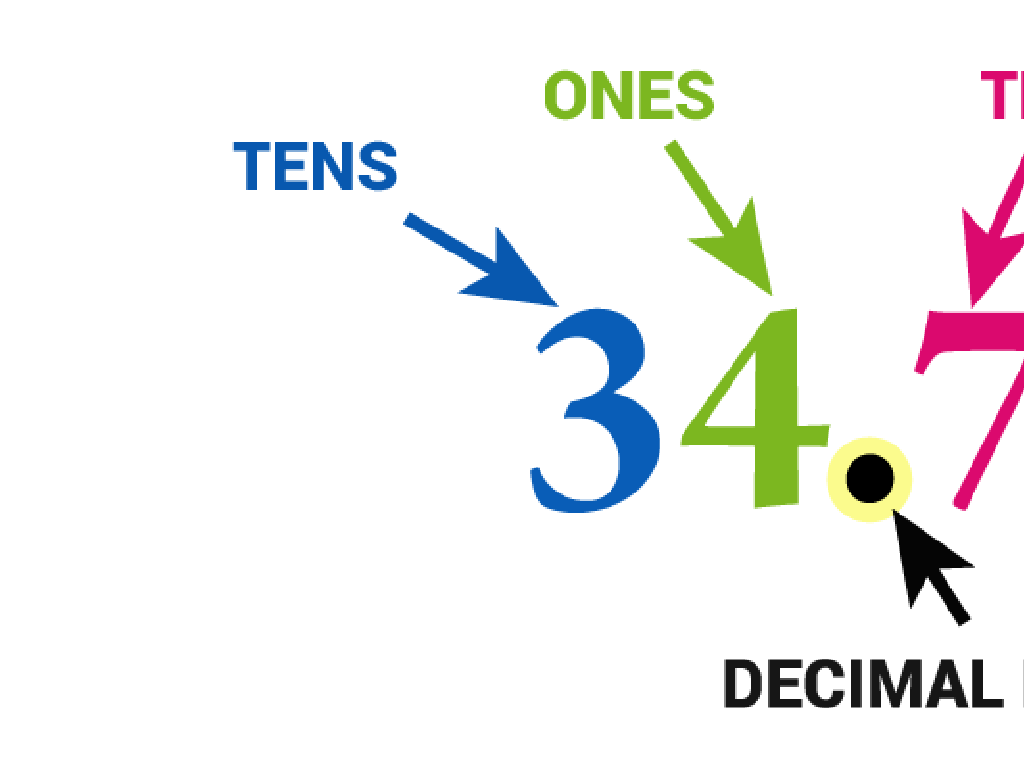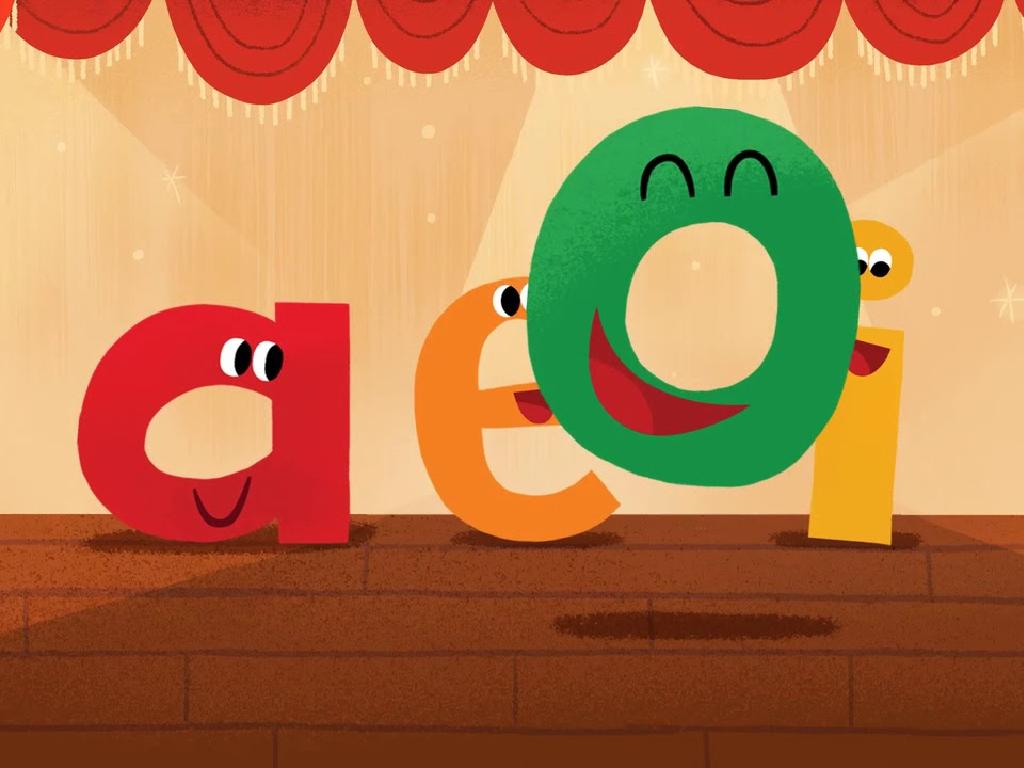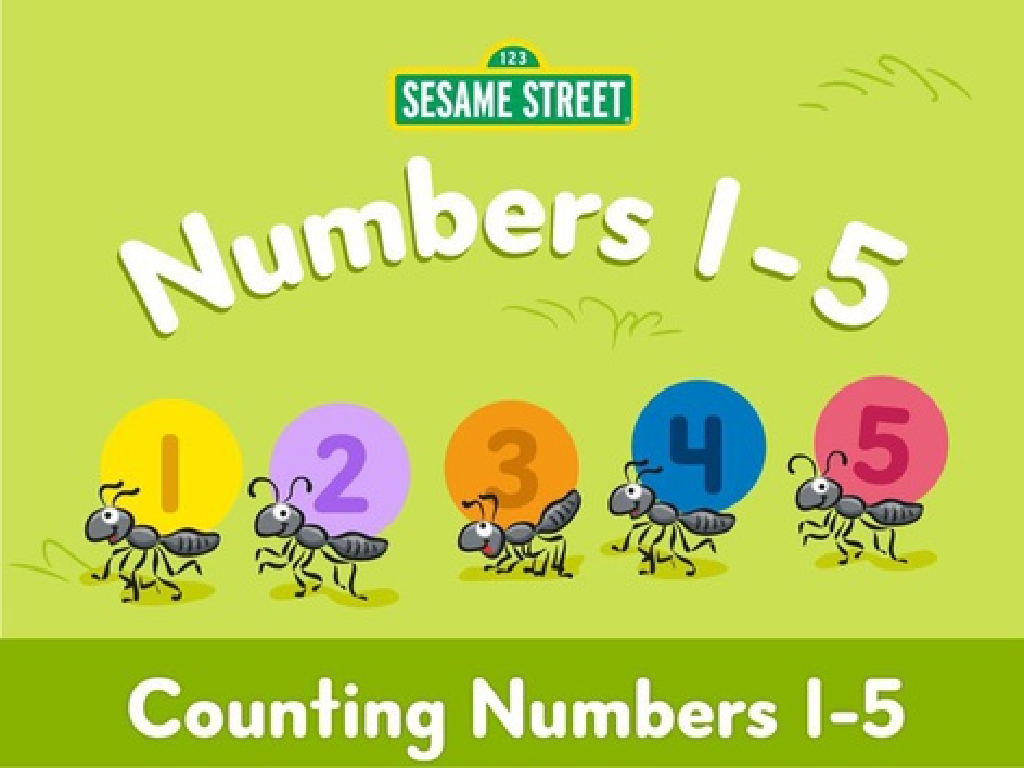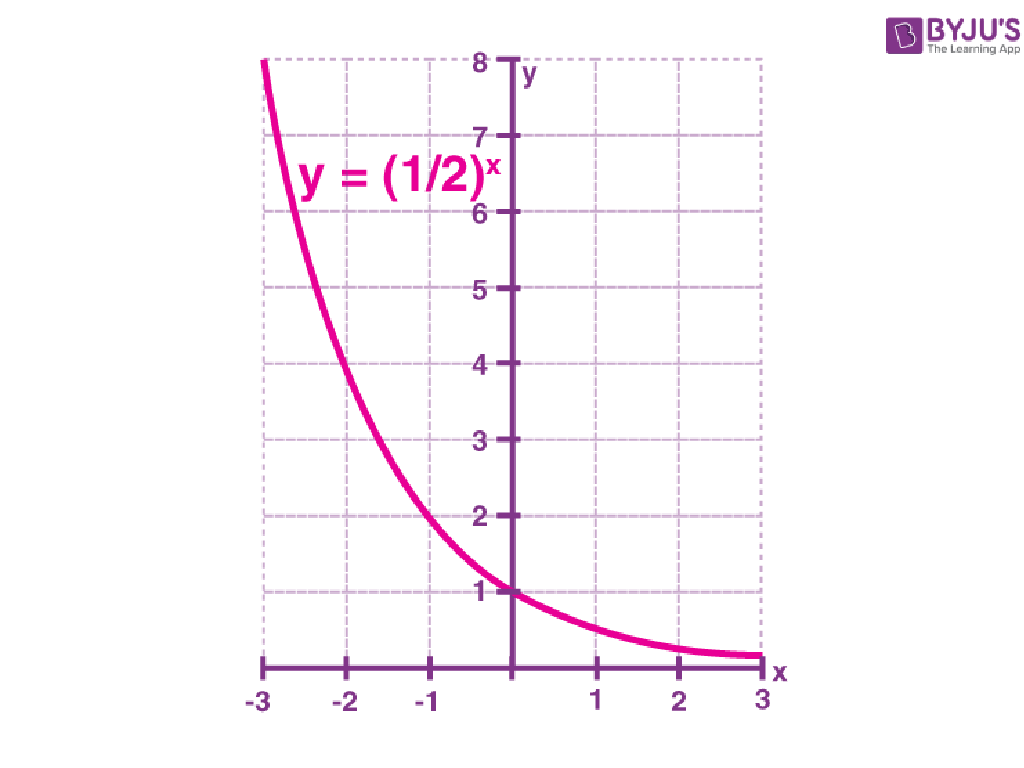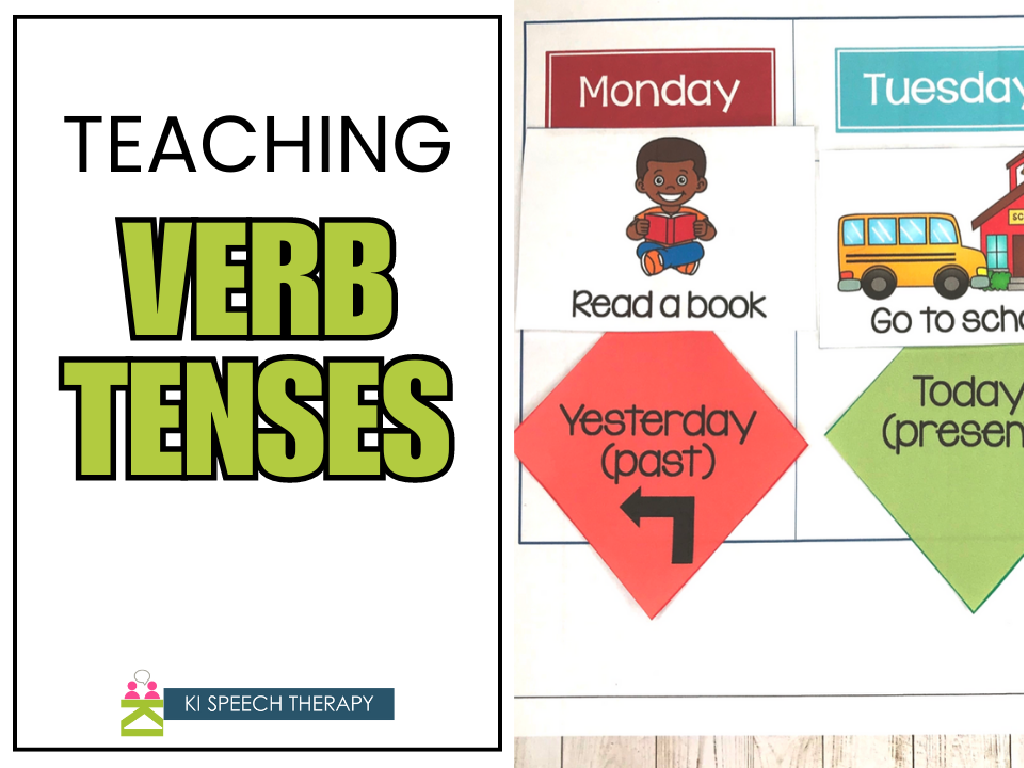Find The Next Shape In A Growing Pattern
Subject: Math
Grade: First grade
Topic: Patterns
Please LOG IN to download the presentation. Access is available to registered users only.
View More Content
Welcome to Patterns!
– Greetings First Graders!
– Today’s lesson: Learning about patterns
– A pattern is a design that repeats
– Patterns are all around us
– Look at clothes, buildings, and nature for patterns
– Let’s discover and find patterns
– We will practice spotting and extending patterns
|
This slide is designed to introduce first graders to the concept of patterns. Start the lesson with a warm welcome and an explanation that patterns are designs that repeat. Explain that patterns can be found in everyday life, such as in clothing designs, architecture, and nature. Encourage the students to observe their surroundings to spot patterns. The goal of today’s lesson is to help students recognize patterns and understand how they can predict what comes next in a sequence. Engage the students with examples and interactive activities where they can practice identifying and continuing different types of patterns.
Understanding Patterns
– What is a pattern?
– A pattern repeats in a logical order.
– Patterns use colors, shapes, numbers
– Like a sequence of repeating elements.
– Example: Red, Blue, Red, Blue…
– What comes after the second Blue?
– Let’s find the next in a pattern!
|
Introduce the concept of patterns to the students by explaining that a pattern is a sequence that repeats in a predictable way. Use simple examples that they can relate to, such as alternating colors. Show them a visual example of a simple color pattern like Red, Blue, Red, Blue, and ask them to identify what comes next. This will help them understand the concept of patterns in a fun and engaging way. Encourage the students to think about patterns they encounter in their daily lives, such as the arrangement of tiles on the floor or the sequence of traffic lights. The goal is to make them comfortable with recognizing and predicting patterns, which is a fundamental math skill.
Creating Our Own Patterns
– Use objects to make patterns
– Make a pattern with blocks
– Let’s stack blocks to create a sequence
– What comes next in the pattern?
– Can you guess the next object?
– Block, Ball, Block, Ball, …
– If we continue, what should we place after the last ball?
|
This slide is designed to engage first-grade students in understanding and creating patterns using tangible objects such as blocks and balls. Start by explaining that patterns are sequences that repeat in a certain order. Show them how to arrange the blocks and balls in a sequence and ask them to predict what comes next. Encourage them to verbalize the pattern and use the objects to extend the sequence. This hands-on activity will help solidify their understanding of patterns and prepare them for identifying more complex patterns in the future. Make sure to walk around the classroom to assist and praise students as they work on creating their patterns.
Understanding Growing Patterns
– Growing patterns increase
– Patterns that get larger in a consistent way
– They add more each step
– Each time, more pieces are added to the pattern
– Example: Star patterns
– 1 Star, then 2 Stars, then 3 Stars…
– Predict the next part
– What comes after 3 Stars?
|
This slide introduces the concept of growing patterns to first graders. Explain that a growing pattern is a sequence that becomes larger according to a rule. Use visual aids like stars to illustrate the pattern growth. Show how the number of stars increases by one each time. Ask students to observe the pattern and predict what the next part of the pattern will be. Encourage them to think about what comes after three stars and how they can determine the next number of stars in the sequence. This activity helps develop their reasoning and pattern recognition skills.
What Comes Next in the Pattern?
– Understanding pattern sequences
– Recognize repeating shapes
– Patterns can have shapes that come over and over.
– Predict the next shape
– Use the pattern to guess the next shape.
– Circle, Circle, Square… what’s next?
– If we see Circle, Circle, Square, the pattern repeats every three shapes.
|
This slide is aimed at helping first graders understand the concept of patterns and how to predict the next item in a sequence. Start by explaining that a pattern is a design that repeats. Show them simple patterns and have them identify the repeating parts. Use visual aids like blocks or drawings to illustrate. For the example given, guide them to see that after two circles, there is a square, and this sequence might repeat. Encourage them to guess what comes after the square by looking at the beginning of the pattern. This interactive approach helps students grasp the concept of growing patterns and prepares them for more complex pattern recognition in the future.
Practice Time: Finding the Next Shape
– It’s your turn to find the next shape
– Look for the repeating pattern
– What comes again and again? Circle? Square?
– We’ll try some examples together
– I’ll draw a pattern, and you tell me what’s next!
– Get ready to be a pattern detective!
|
This slide is designed to engage students in an interactive activity where they apply their knowledge of patterns to find the next shape in a sequence. Encourage the students to observe the shapes that are repeating and use that information to predict the next one. As you draw different patterns on the board, ask the students to identify the next shape. Provide guidance and positive reinforcement as they work through the patterns. For individual practice, have a variety of patterns prepared for the students to solve on their own or in small groups. This will help solidify their understanding of growing patterns and prepare them for more complex pattern recognition in the future.
Understanding Growing Patterns
– Patterns repeat predictably
– Growing patterns increase
– Each step adds more shapes or changes size
– Clues help find the next shape
– Look at the changes between steps
– Practice with examples
– Let’s try finding the next shape together
|
This slide is aimed at reinforcing the concept of patterns, specifically growing patterns, for first-grade students. Begin by reviewing that patterns have a sequence that repeats and can be predicted. Explain that growing patterns are special because with each step, they add more elements or the elements increase in size. Teach students to look for clues in the pattern’s previous shapes to determine what comes next. Use simple and clear examples to illustrate growing patterns, such as adding one more block to a tower or drawing a bigger circle each time. Encourage the students to participate by predicting the next shape in a pattern you present. This interactive approach will help solidify their understanding of growing patterns.
Class Activity: Pattern Party
– Let’s start our Pattern Party!
– Create a growing pattern with blocks
– Use different colored blocks to make a sequence
– Show and explain your pattern
– Share with the class how your pattern grows
– Guess what shape comes next
– Think about what shape would fit next in your pattern
|
This activity is designed to help first graders recognize and create growing patterns using tangible objects like blocks. Encourage the students to use different colors or shapes to build their patterns, making it easier to distinguish the growing sequence. As they present their patterns to the class, prompt them to explain how they decided what comes next. This reinforces their understanding of patterns and prepares them for more complex pattern recognition in the future. Possible activities include creating patterns with different starting shapes, varying the number of shapes that grow in the pattern, or predicting several steps ahead in the pattern. Ensure that each student has a chance to participate and provide guidance as needed.

